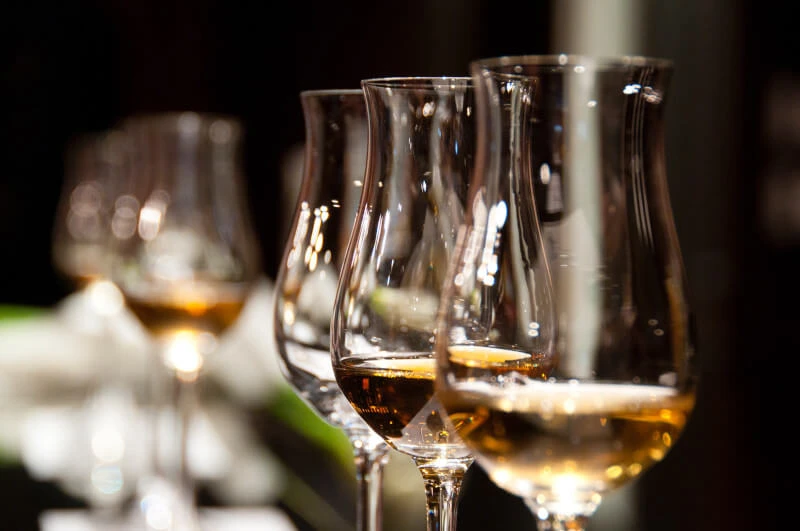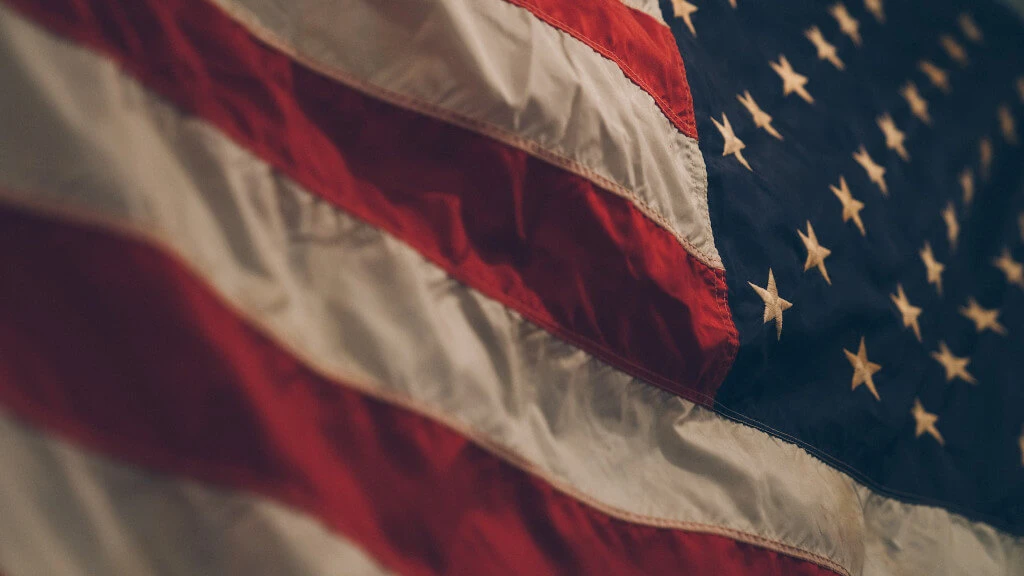When you fill a glass with the amber liquid and give it a good stir, what exactly do you get to taste? Tradition? Maybe the future, though. If you’ve been paying attention to the American whisky scene, you know that the two work together to create something very thrilling.
Exceeding Expectations
In a country that, as of 2018, was home to more than 1,800 artisan distilleries, differentiation is no longer a nice to have. If you and your neighbor both make spicy rye Bourbon, how are you supposed to set yourself apart from one another? Especially considering the huge economic advantages of scale and the loyal fanbase that currently supports established, large-scale distilleries. This is when the value of the overused phrase “innovation” becomes apparent.
One of Sonoma Distilling Company’s founders, Adam Spiegel, puts it succinctly: “Innovation keeps you agile, and creative, and ensures you’re constantly improving your whisky.” And when you’re a smaller player, that nimbleness provides you an advantage, a tale that stands out both at home and when your whisky is being sipped on the other side of the world.
Envision yourself fulfilling a lifelong dream by founding a distillery. Why strive to recreate the success of established market leaders who have been doing it for years? Spiegel notes that by looking to the Sonoma County wine country for inspiration, he can create truly innovative whisky variants.
New Flavour Definition
Consider the Black Truffle Rye whisky that Sonoma produces. Many whisky drinkers have expressed interest in this special edition, which was inspired by Spiegel’s culinary explorations. However, innovations aren’t limited to merely new tastes. They are involved in every stage of manufacturing.
Let’s talk about grains. High Wire Distilling is just one of many distilleries that are diving into the past to find rare grain varietals that can be used to make spirits with unique flavors. Even though Bourbon is synonymous with American whisky, new takes on the classics are appearing on store shelves. Distilleries are taking risks, such as producing four-grain Bourbons and using heritage maize varietals. Triticale, a hybrid between rye and wheat, is gaining popularity because of its unique flavor profile, which combines spicy notes with a subtle sweetness.
The Case of the Whisky That Got Smoked
One such association is with smokey flavors and mental images of Scotland’s rough terrain. However, American distilleries are creating smokey beverages and experiences. Spiegel converted a shipping container into a grain smoking chamber, allowing forward-thinking distilleries like Sonoma to produce the first smoked whiskies.
Sonoma’s Cherrywood Smoked Bourbon puts cherry wood front and center as the source of its distinctive flavor. This decision was not made at random. Maraschino cherries, in particular, have been loved in the world of cocktails for quite some time. They’ve finally found success in the whisky industry.
The Big Dogs Deserve Your Attention
Even if craft distilleries are breaking new ground, the big players in the booze business aren’t sitting back and doing nothing. They are always developing and changing. For instance, Buffalo Trace is known for taking risks, and since at least 2004, Jim Beam has been at the forefront of developing novel Bourbons.
What’s even more fascinating, though, is how these titans of industry are encouraging creativity. Others, like Jim Beam, are actively acquiring craft distilleries, while still, others are recruiting the best and brightest from the craft industry in the hopes of injecting some of the craft spirit’s innovation and nimbleness into their massive operations.
A Creative Approach to Cask Finishing
Whisky connoisseurs know that aging in casks can completely alter the spirit’s personality. Although they still place a premium on charred, new American oak barrels, American distillers are increasingly navigating alternative cask finishes.
The range of flavors available in whisky is growing as producers experiment with new techniques, such as releasing whiskies that have been aged in beer barrels or cider casks. Bainbridge Organic Distillers uses virgin Japanese mizunara wood casks, which are extremely rare, to create a whisky that is truly one of a kind.
Why Innovation in American Whiskey Matters

In the fast-paced world of spirits, there’s an unspoken challenge posed to every distillery: to stand out or fade into obscurity. American whiskey is not just about tradition anymore; it’s about pushing boundaries.
1. Standing Out in a Saturated Market
- Did you know? As of August 2018, there were 1,835 active craft distilleries in the US.
- With a vast and rapidly growing number, how do you make your mark? You innovate. By challenging conventional whiskey-making techniques and flavor profiles, American craft distillers have taken the lead. Shouldn’t your distillery also consider pivoting from the traditional to the avant-garde?
2. Reflecting Regional Uniqueness
- American distillers, such as Adam Spiegel from Sonoma Distilling Company, are creating whiskeys that tell a story. The narrative of the land, culture, and personal passions are bottled in their spirits. Case in point: Sonoma’s limited edition Black Truffle Rye whiskey. What story does your locale tell? How can you capture its essence in a bottle?
3. Challenging the Big Players
- The giants in the industry are taking notes from craft distillers. With acquisitions of talent and craft brands, they too are joining the race. But remember, smaller players have an agility that large corporations often lack. Your distillery might be small, but could it also be mighty in innovation?
4. Experimenting with Ingredients
- Cherry wood, mesquite, Texas scrub oak… American distilleries like Sonoma, FEW Spirits, and Copper Fox have ventured beyond traditional ingredients. Each wood type introduces a new flavor, aroma, and character. Are there local ingredients in your region that can redefine your whiskey’s flavor profile?
5. Exploring Grain Varieties
- It’s not just about corn, rye, or wheat anymore. With four-grain Bourbons, heritage corn varieties, and even unique grains like triticale, millet, and oat taking the spotlight, there’s an entire palette waiting to be painted. What untapped grain might be your distillery’s game-changer?
6. The Art of Cask Finishing
- Forget the standard charred new American oak barrel. Distillers are getting playful with beer barrel finishes, cider cask finishes, and even rare virgin Japanese mizunara oak barrels. How might your whiskey taste after maturing in a unique barrel?
Questions to Ponder:
- How can you infuse your local culture and flavors into your whiskey?
- Are there unconventional ingredients nearby that can redefine your distillery’s profile?
- What lessons can you draw from American whiskey’s innovative approach?
Bridging the Gap
If the whiskey world is a dance floor, then American whiskey is setting the rhythm. By understanding these key innovative approaches, you and your distillery can be ready to dance to a new tune.

